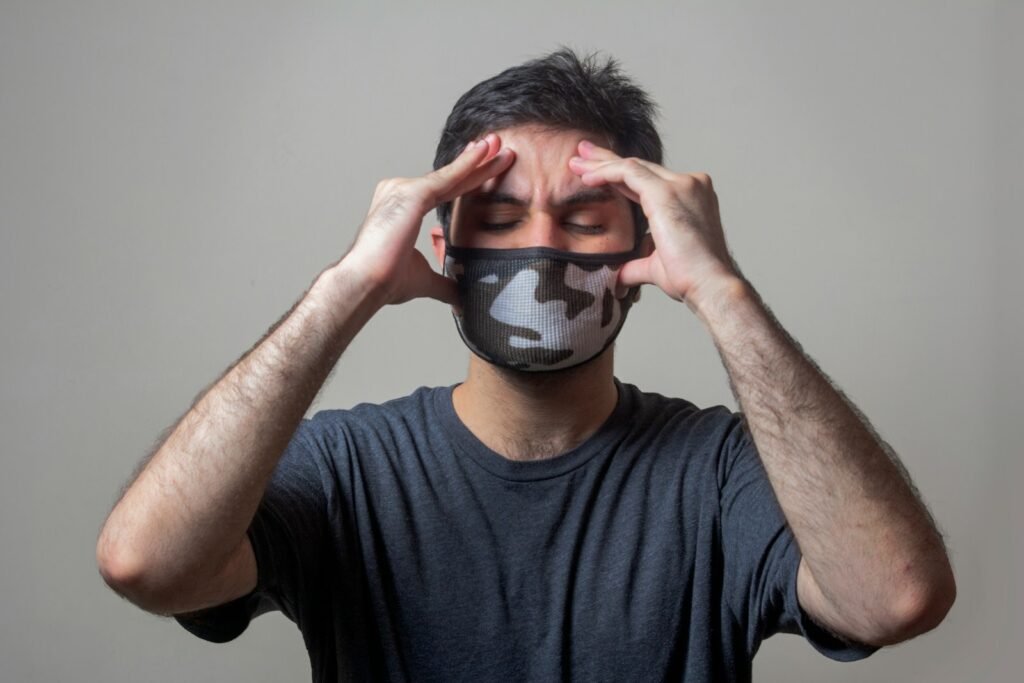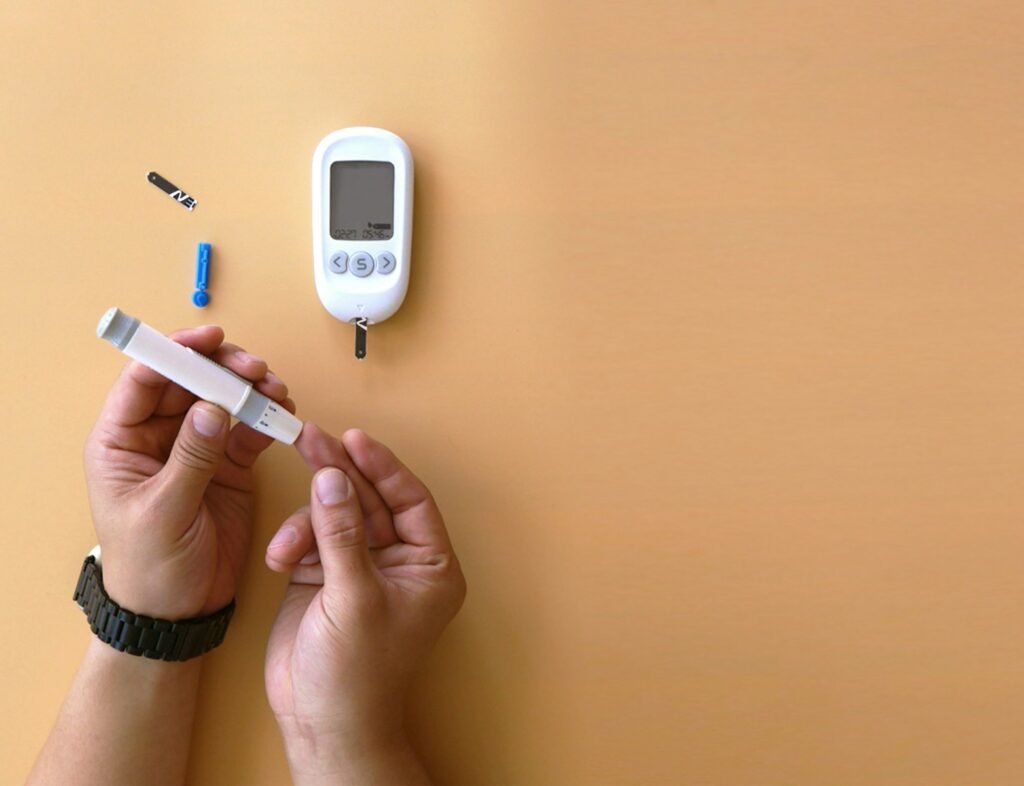For millions of people with migraines, relief has been hard to find. Existing treatments don’t work for everyone, and the search for new ones has been slow. But now, diabetes and weight-loss drugs have come out of an unexpected area of medicine as a strong competitor. In a small but important trial, liraglutide, a drug in the same family as Ozempic and Wegovy, cut migraine days in half. It might work in a way that has nothing to do with weight loss. The results, while still in their early stages, could change the way migraines are treated and give hope to people who haven’t found relief elsewhere.
A Surprising Discovery: From Blood Sugar to Brain Pressure

Liraglutide is a GLP-1 receptor agonist, which is a type of drug that was first made to treat type 2 diabetes and then used to treat obesity because it makes you less hungry. But scientists in Naples, Italy, found a completely different benefit: it helped with migraines.
In the study, 31 overweight people with chronic migraines who had not responded to at least two other treatments were given liraglutide shots every day for 12 weeks. The results were very surprising:
- The number of migraine days went down from 20 a month to just 9, a 55% drop.
- Seven patients had 75% fewer migraines, and one patient had no migraines at all.
- Changes started to happen within the first week, which was surprising for a drug that was thought to work slowly.
What was most surprising? Losing weight didn’t help. Even though participants lost very little weight, statistical analysis showed that the migraine benefits were not affected by changes in BMI.
The Brain Pressure Theory: A New Frontier in Migraine Science

So, how does diabetes medicine help with headaches? Researchers think that the answer may be the pressure of fluid inside the skull, which is called intracranial pressure.
- Cerebrospinal fluid can collect and put pressure on veins and nerves, which can cause migraines.
- GLP-1 drugs may lower this pressure by making less fluid, which is like a “deflated balloon” in the skull.
- This could lower the amount of CGRP (calcitonin gene-related peptide), a protein that is linked to migraine pain.
A study from 2023 that looked at another GLP-1 drug, exenatide, found that it lowered brain pressure in people with idiopathic intracranial hypertension, which is a condition that is often linked to migraines.
Why This Could Be a Game-Changer for Migraine Treatment

CGRP inhibitors (like Aimovig and Emgality) are good at preventing migraines for a lot of people, but about 30% of patients don’t get better. Liraglutide offers a new and exciting way to do things:
- Faster relief: CGRP drugs can take weeks to work, but liraglutide’s benefits can show up in just a few days.
- Milder side effects: Most patients experience only mild nausea or constipation, common with GLP-1 medications.
- Lower cost: Being available as a generic, liraglutide could be more affordable compared to the newer migraine biologics.
Dr. Simone Braca, who led the study, describes this as a “brand-new, pharmacologically targetable pathway” that might offer hope even for patients who haven’t responded to existing treatments.
The Caveats: Why Experts Urge Caution
Even while everyone is excited, there are still big problems:
- There is no placebo group. Because the research wasn’t blind, we can’t rule out the placebo effect, which is when patients feel better merely because they think they would.
- There were only 31 persons in the study, and they were all overweight, so the results might not apply to other people.
- Lasts only 12 weeks, the long-term effects are unknown.
Dr. Alex Sinclair, a neurologist who didn’t work on the study, says the results are “tantalising but preliminary” and need to be tested in bigger, more controlled trials.
What’s Next? The Road to a Migraine Breakthrough

Braca’s team is already working on a double-blind, randomised trial that will directly measure brain pressure. Important questions are still open:
- Do other GLP-1 drugs, such as Ozempic, work in the same way?
- Could this help people with migraines who aren’t overweight?
- Will the effects last longer than three months?
If proven, GLP-1 drugs could become the first-line treatment for migraines, helping the 1 in 7 people around the world who suffer from them.
Conclusion: A New Hope for Migraine Sufferers

Liraglutide isn’t a migraine treatment yet, but the possibilities are huge. A cheap, repurposed drug that works quickly and in a new way could be a big help for people with migraines. Dr. Chia-Chun Chiang of the Mayo Clinic says that this gives people “another option for those who have tried all other treatments.”
The next step in the research will show if this is a fluke or a revolution. But for migraine patients who have been waiting decades for breakthroughs, hope just came in an unexpected syringe.
Sources:

Suhail Ahmed is a passionate digital professional and nature enthusiast with over 8 years of experience in content strategy, SEO, web development, and digital operations. Alongside his freelance journey, Suhail actively contributes to nature and wildlife platforms like Discover Wildlife, where he channels his curiosity for the planet into engaging, educational storytelling.
With a strong background in managing digital ecosystems — from ecommerce stores and WordPress websites to social media and automation — Suhail merges technical precision with creative insight. His content reflects a rare balance: SEO-friendly yet deeply human, data-informed yet emotionally resonant.
Driven by a love for discovery and storytelling, Suhail believes in using digital platforms to amplify causes that matter — especially those protecting Earth’s biodiversity and inspiring sustainable living. Whether he’s managing online projects or crafting wildlife content, his goal remains the same: to inform, inspire, and leave a positive digital footprint.




